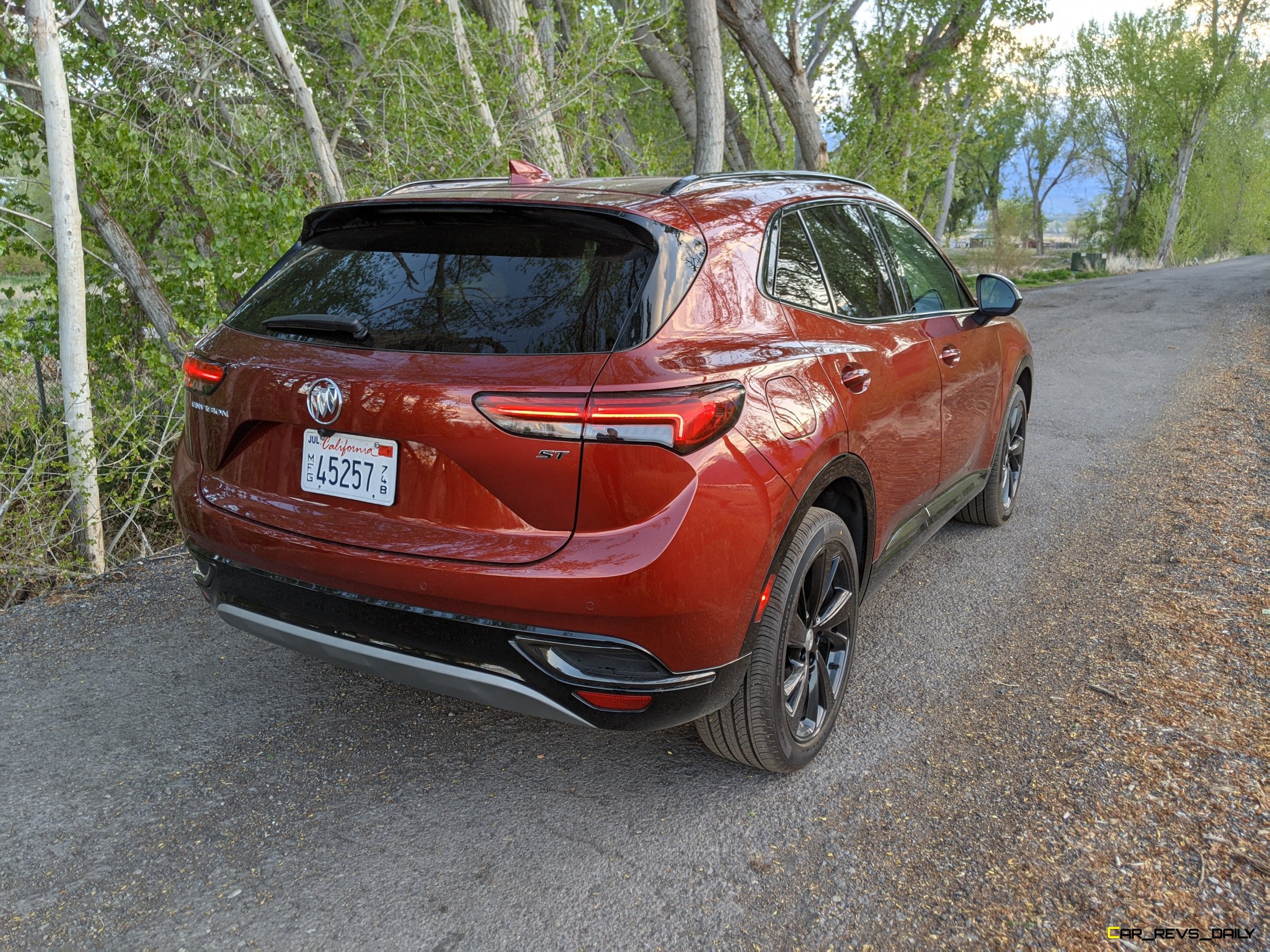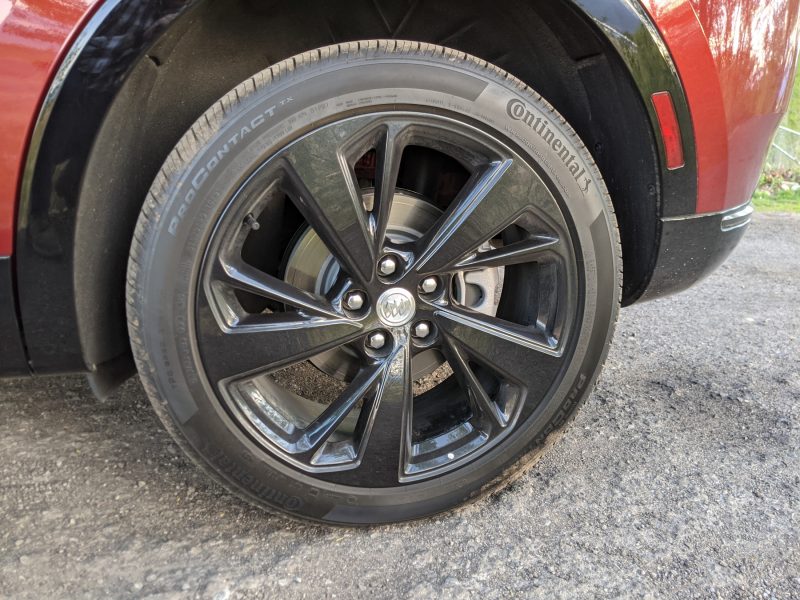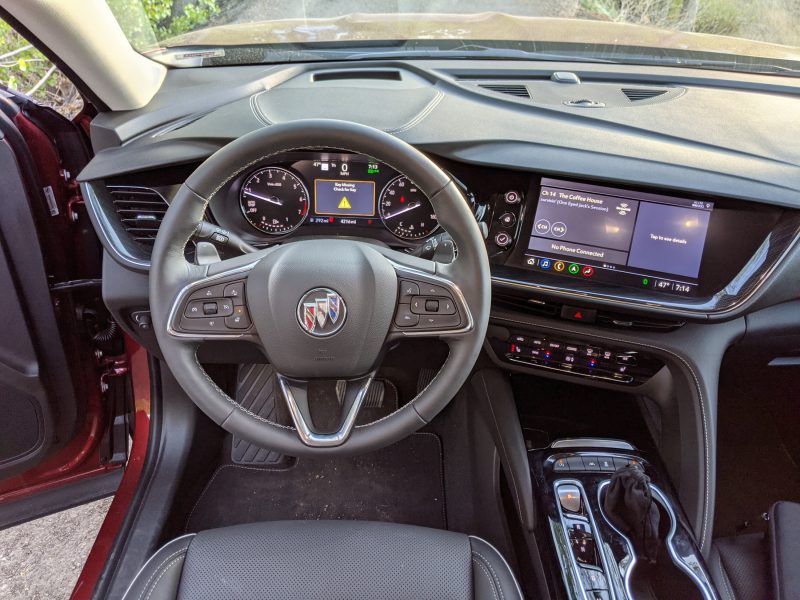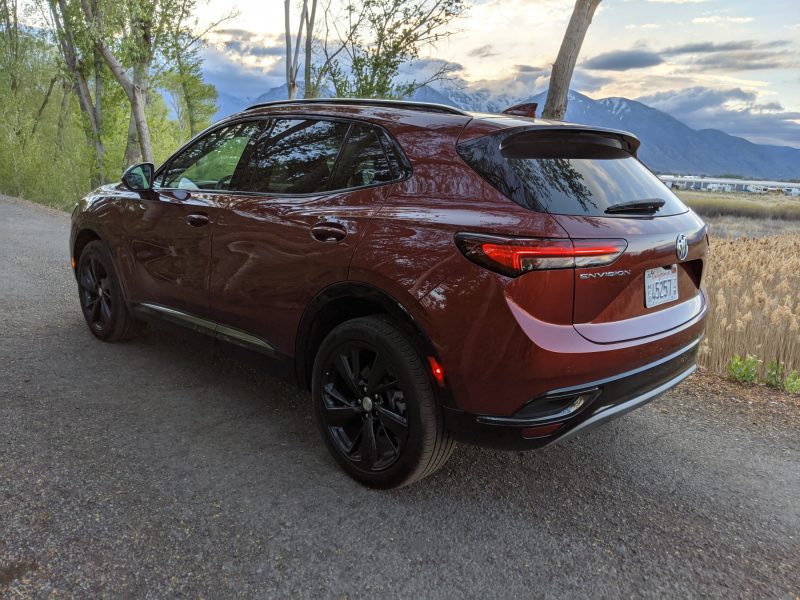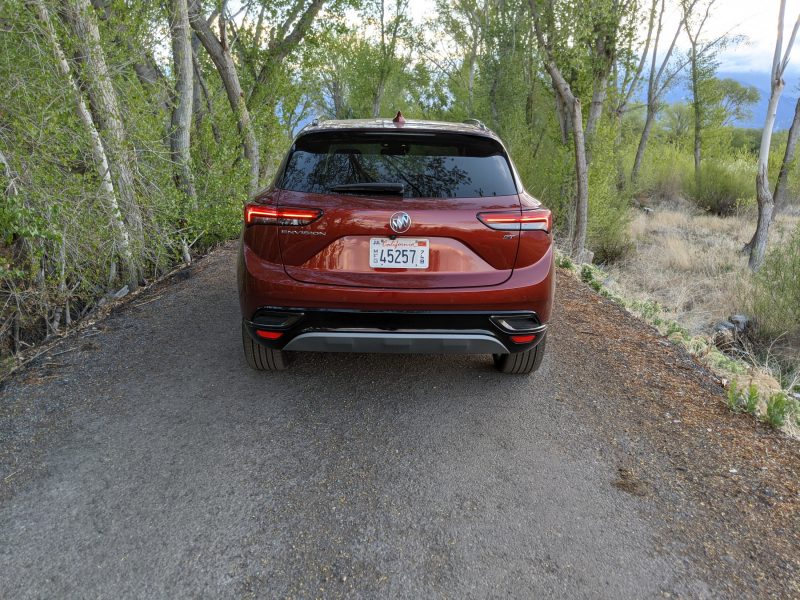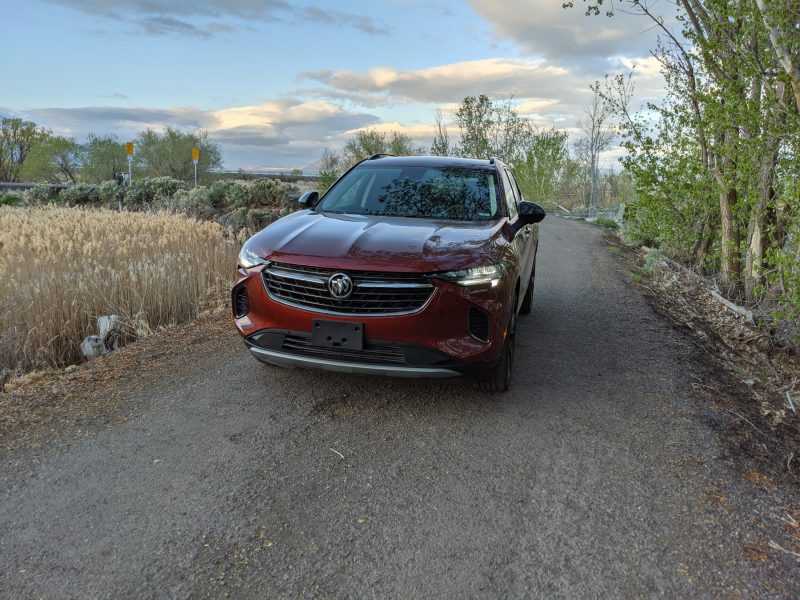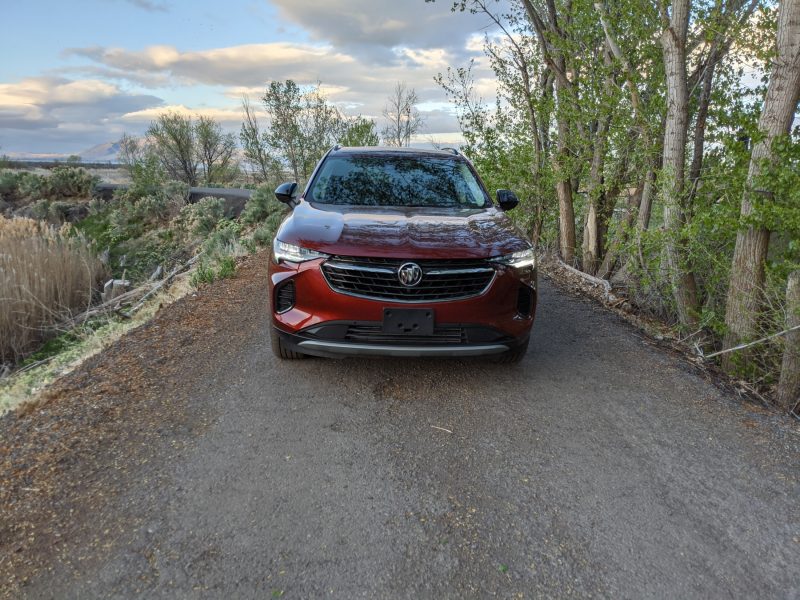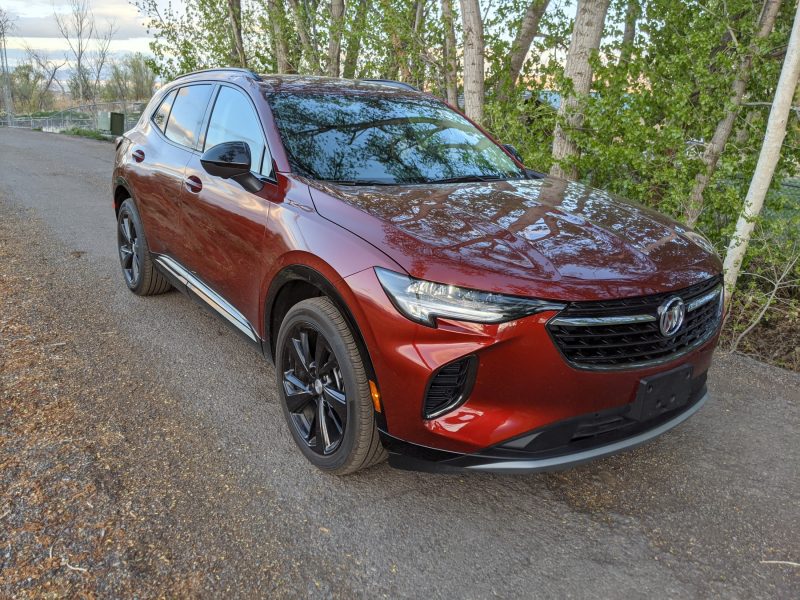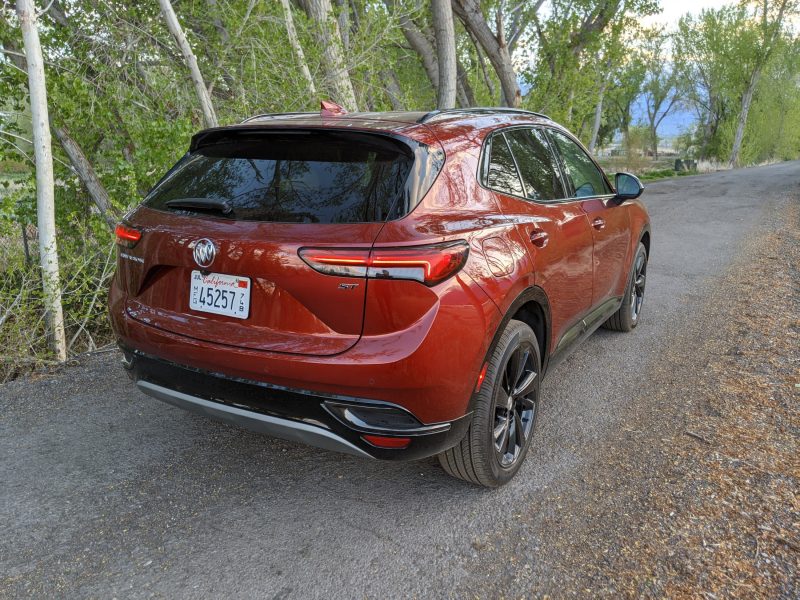When you are first learning how to drive, or when you are a student driver, there are many things you need to be aware of, cautious of, and considerate of. Driving a motor vehicle is not something to take lightly. It is a lot of responsibility that could ultimately cause great harm if not done safely.
Let’s discuss some tips and key points that every student driver should know before they begin the process of obtaining their driver’s license.
Tips for preparing to learn to drive
Before you begin to drive, you will need to get a provisional license or a learner’s permit. If you are under the age of 18 and over the age of 15 ½, you can enroll in a driver’s education course, and at the end of the course, you may receive a certification of completion. Once you have the certificate of completion, you can take the knowledge test at one of your local DMVs. If you pass the test, you then will be required to pass a vision exam.
After successful completion of both the knowledge test and the vision exam, you then will be issued a provisional license that you can use to learn how to drive and to prepare you for obtaining your driver’s license. If you are over 18, all the same steps apply, however, you do not have to complete the driver’s education course and can instead skip straight away to take the knowledge test and vision exam.
Once you have your provisional license, you can do one of two things.
- Find a fully-qualified driving instructor: Once you have your learner’s permit, some states may require that you complete a certain number of driving hours with a certified driving instructor. If your state does not require this, you may want to consider hiring a certified driving instructor because they know exactly what will be on the driving exam portion for your driver’s license approval process. They can teach you how to 90-degree back turn and parallel park, they can teach what the driving test examiner is going to be looking for and what kinds of actions may warrant point deductions that could potentially cause you to fail your exam. If you are looking to pass the driving exam the first time and with no issues, then paying for a fully-qualified driving instructor may be worth the money if it is not required by your state.
- Have a family member teach you: If you are not required to complete a certain number of hours with a certified driving instructor, then you could always learn how to drive from a family member. Whether or not you hire a driving instructor, you are going to want to practice on your own as much as possible. It is with a family member, like a parent or guardian, where you are going to get most of your practice driving in. If you do not end up using a certified driving instructor, you will want to make sure you study and practice the main driving skills that will be on the driving portion of the driver’s license exam.
Once you have your provisional permit, the best thing you can do is practice driving as much as possible. Also, make sure you understand fully the restrictions that come with your provisional license, as any violations could delay you from receiving your driver’s license or being able to take your driver’s license exam.
Tips for practice driving
When you first start practicing driving in preparation for your driver’s license exam, there are a few general things you should consider doing and there are a few practical things you should know. Here is a quick breakdown of each category of tips for preparing for your driver’s exam.
General Tips
- Study your state’s driver’s manual: Yes, you already passed your provisional driver’s license exam, however, you should continue to study your driver’s manual to make sure you know your state’s traffic laws and what the different highway signs mean before hitting the road.
- Start slow and progress as you gain confidence: When you are first starting out, do not be afraid to have your parent, guardian, or driver instructor start you off in an empty parking lot. Practice accelerating, braking, turning, reversing, parking, and whatever else it takes to ensure you are comfortable with the way the car moves and feels. Once you feel comfortable, then you can go out onto the road and interact with other drivers. Also, if you are driving and you feel uncomfortable for any reason, do not panic. Do not be afraid to safely pull over and allow your driving partner to take over to get you into a more comfortable situation.
- Practice: Practice, practice, practice! You can never have too much time on the road before you take your driver’s exam. Also, you must confront your fears and practice the things that scare you. Whether that is merging on a freeway or parallel parking, if you do not practice what you fear, you cannot learn.
Practical tips
- Accelerate slowly: This is not the Indy 500. Accelerate slowly and smoothly.
- Hold the wheel steady: When you are driving, hold the wheel steady and do not over-turn the wheel. Let the car do the work as you guide the vehicle smoothly through turns, intersections, and lane changes.
- Brake gently: New drivers tend to hit the brakes way too hard and too frequently. Nice and easy braking is sufficient enough to stop at a stop sign or traffic signal.
- Maintain safe speeds: Do not go too fast and do not go too slow. You will get a better feel for knowing what speed is safest for your environment and the flow of traffic as you get more practice. Watch your speed on sharp turns.
- Follow other cars at a safe distance: You want to allow a minimum of three seconds of drive time between you and the car in front of you.
- Be aware of road signs: Know what the different road signs mean and pay attention to what they are telling you at all times.
- Communicate with other drivers: Use your turn signals, headlights, horn, hand signals, and eye contact to communicate with other drivers when the situation calls for it.
Featuring the new Buick Envision. Read the full review over here!

CRD Auto Industry Insider may contain helpful and on-topic partner content that auto enthusiasts and car shoppers find valuable.

